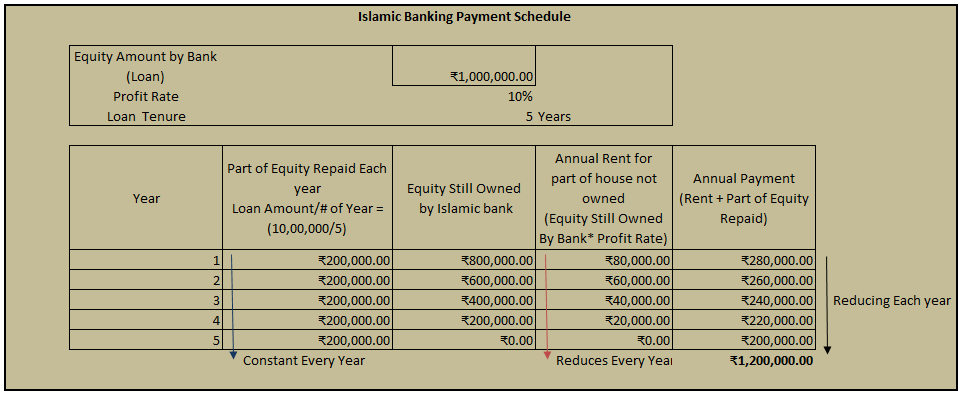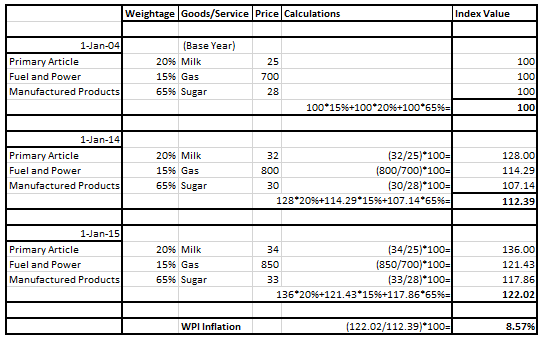Trade
Life Cycle (Behind the scenes of Trade Execution)
“After
discussing different entities such as Broker, Depositories, Depository
Participant, Exchanges required for a trade execution of stock, last time we
ended on a note where in you mentioned that a trade executed today takes 2 days
settle, why is der a delay of 2 days”, asked Apurva over the weekly skype
session. “India has come a long way in
terms of a trade execution, the trade required more than 2 days to execute
earlier but now India is at par with the international standards of trade
settlement of 2 days”, I started explaining her.
We have seen
the functioning of different entities such as Broker, Depositories, Depository
Participant, and Exchanges in isolation in our previous conversations, let us
see the linkage between these entities and their logical sequence. This trade
life cycle is popularly known as “T+2” settlement process, which means it takes
2 days for a trade to settle after it has been executed. “This means the trade
life cycle has two stages, execution and settlement, correct?” Apurva looked
confused. “Execution and settlement are part of the trade life cycle but apart
from them we also of a stage of “Clearance” about which we have not talked much”.
So the three stages of trade executions are
1.
Trade Execution
2.
Trade Clearance
3.
Trade Settlement
Let us
discuss them one by one
Trade
Execution
The trade
execution starts with buyer and seller of the securities sending their buy and
sell instruction to the exchange via a broker.
As discussed last time, investor needs to maintain a Demat account with
the depository participant and trading account with a broker. Since the broker
usually also acts as a DP, user maintains both account the same entity with
linked savings account. Broker forwards the buying and selling instructions given
by investor to the exchange (NSE or BSE or MCX-SX).
The job
of the exchange is of a match maker. If exchange finds matching buy and sell instruction,
it confirms the same to respective brokers which gives confirmation to the investors.
This concludes trade execution and trade is said to be executed.
Sometime
a investor, especially institutional investors, gives the custody of their securities
to a third party. This third party is known as a “Custodian”. If this is
the case then the custodian sets aside the required Cash/Securities for the
transaction. The trade execution day is referred as Day “T”.
Trade Clearance.
The entire process of the stock buying/selling could be risky.
What if after the trade is matched and the buyer does not have the required
balance in his linked savings account or the seller does not have the required
securities in his Demat account? After all the seller and buyer don’t know each
other and it is the exchange who acts as a mediator for both. So it is the
responsibility of exchanges in a way to restore confidence in the investors
Hence to guarantee the trade after its execution, we have an entity called as “Clearing
House” which are generally subsidiary of these exchanges.
The capital market regulator SEBI has said that National
Securities Clearing Corporation Ltd (NSCCL- subsidiary of NSE), Indian
Clearing Corporation Ltd (ICCL- subsidiary of BSE) and MCX-SX Clearing
Corporation Ltd (MCX-SXCCL – subsidiary of MCX-SX) are the only
qualified central counterparties (QCCPs) in the Indian securities market.
The
clearing house typically breaks the trade in 2 parts. This means clearance house
acts as seller for buyer investor and buyer for the investor selling the
security. So in case the seller of the security does not have the required
securities the clearing house will buy the securities in the open market and
gives it to the buyer. In case buyer does not have required cash available for buying
the security then the clearing house will payout cash to the seller.
Apart
from acting as a counterparty to each side of the trade, the clearing house
also performs operation of “Netting”. E.g. Between investor A and
Investor there are multiple buy and sell on given day, A owes B ₹ 10,000 and B
owes A ₹ 15,000; after netting B owes ₹ 5,000. Netting reduces settlement risk.
So after
Day T, the exchange forwards the matched instructions to clearing house which
performs netting, splits the trade into two trades and gets custodial
confirmation on T+1.
Trade
Settlement
This is
the final phase of the trade life cycle. On T+2 days the Seller sends the
security to the Clearing House and Buyer sends the cash to the clearing house.
This is known as “Pay In”. After receiving the Pay In, the clearing cooperation
performs a “Pay Out” i.e. transfers the cash to seller and security to the
Buyer.
“It was
interesting to know the behind the scenes of the trade life cycle, I now know
why it takes 2 days for a trade to settle”, said Apurva and we ended the conversation
on that note.
Take a minute to contribute for Girl Child Education and Say #AcchaLaga
About the Casue : I am running a social fund raising campaign for Girl Child Education in Association with I-Imact, a association which works for girl child education in rural India with the learning centers of 30 girl each. Through this campaign I plan to make impact in the lives of 8 such girl children. Do click on the link and contribute if you feel connected to the cause and say #AcchaLaga (#FeltGood)
Create An Impact in Lives of 8 Girl Children #AcchaLaga
Create An Impact in Lives of 8 Girl Children #AcchaLaga













